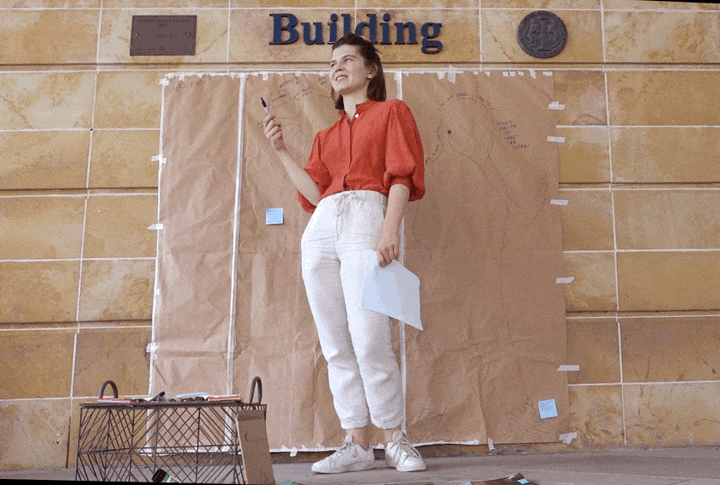Martyna Sykta (she/her)

I am a multidisciplinary designer and design researcher with a particular interest in social design and citizen-led innovation. So far I have been working within the fields of participatory design, service design, industrial design, experience design and creative production.
My individual practice revolves around the issues related to politics, culture, gender and activism, naturally following my personal values and often exploring the contrast between top-down and bottom-up narratives. Having a background in both product design and anthropology, I enjoy the material, emotional and embodied experience that design-led research can offer as well as its contestatory potential to question the culture we live in. This year at GSA helped me to reposition my practice, moving it away from problem-solving and design thinking and bringing it closer to activism. I believe that my role is to find new and intriguing ways to amplify unheard voices and to advocate for the social innovation that comes from within.

Inter–Bodies. Exploring Gendered (Un)safety Through Design
My final project is an attempt to redesign the conversation about gendered unsafety. The world in which more than 736 million women have been subjects to male violence calls for meaningful debate about safety that takes place between people of different genders and positionalities. However, the discussions we currently have are often restricted by the constraints of patriarchy and reproduce the image of women as problems for male-dominated society, highlighting their difficult experience of harassment, victimhood, vulnerability and dependence on male surveillance.
This design-led exploration into gender and safety is grounded in a feminist perspective and builds upon the critique of narratives problematising and victimising women. Instead, it seeks to propose new vocabulary and contexts for discussing the subject while problematising human-to-human interactions and the culture that informs them. The project used co-creation methods to collate multiple definitions of (un)safety and capture women’s lived experience in order to create a sample of the new language for speaking about safety. The outcomes of this process are communicated through the terminology coined during the participatory engagements and the collection of provocations that could be used to facilitate the discussion.
Whereas the project doesn’t promise to solve harassment, it signposts a more equitable format for informal education about safety that goes beyond the simplified frameworks of men – women, perpetrator – victim, protector – protected and invites people despite their gender to collectively renegotiate the meaning of safety itself.
Project Links

Desk research

Storytelling Workshop

Redesigning the discussion

Proposing new vocabulary

Provocations
Protest Cookbook
Protest Cookbook is a design concept of the community that helps citizens transform their individual acts of resistance into a collective and shared protest. The idea is an outcome of my design-led exploration into the post-pandemic futures of protest. Building upon the analysis of the self-intelligent and organic structures of contemporary social movements, the project seeks to ask: when does disobedience become a protest? What makes a successful protest? How can design allow individuals to become multiple? How can multiplication be achieved without being together in one space and one time?
Project Links

Protest blueprints





